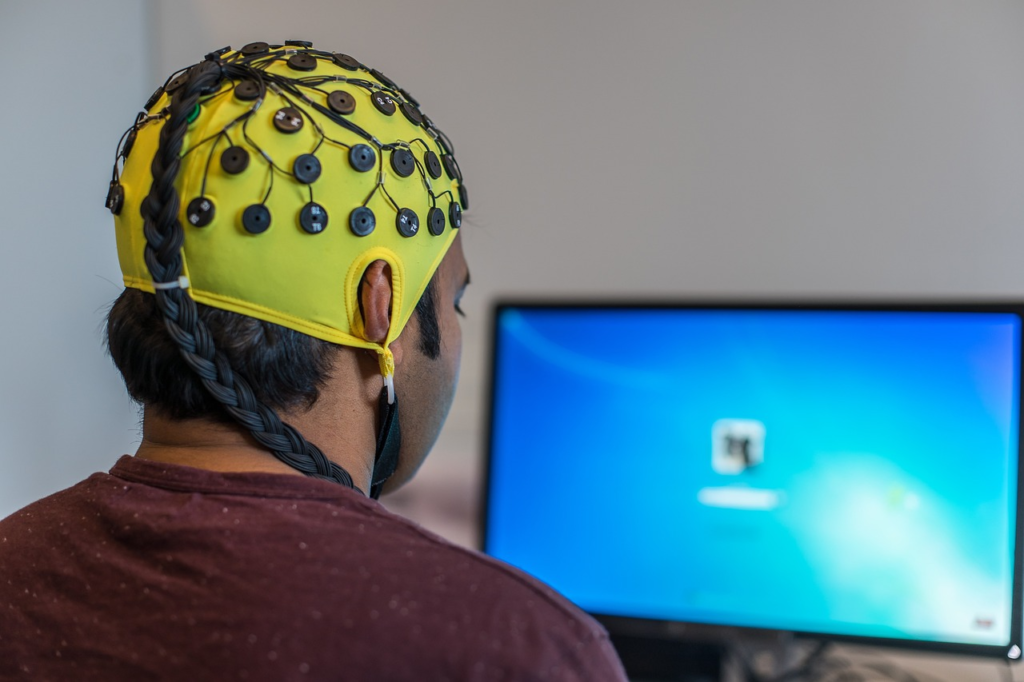
Introduction
Why do people gravitate toward certain brands, products, or advertisements over others? The answer often lies in the subconscious workings of the brain. Neuromarketing, a fascinating fusion of neuroscience and marketing, delves deep into how consumers’ emotions, perceptions, and decision-making processes influence their buying behavior.
In this blog, we’ll explore the core principles of neuromarketing, real-world examples, and actionable insights for businesses to apply these principles effectively.
What is Neuromarketing?
Neuromarketing is the application of neuroscience to marketing. It involves studying how consumers’ brains respond to marketing stimuli like advertisements, product packaging, pricing, and more. By understanding these responses, brands can design strategies that resonate more deeply with their audience.
Key Focus Areas of Neuromarketing:
- Emotions: How feelings drive purchasing decisions.
- Memory: How brands embed themselves in consumers’ minds.
- Attention: How to capture and maintain focus.
- Decision-Making: How consumers weigh options and finalize choices.
Core Neuromarketing Principles
1. Emotional Connection Drives Decisions
Humans often make decisions based on emotions and justify them with logic later.
- Example: Coca-Cola’s marketing campaigns often evoke nostalgia, happiness, and togetherness. The iconic “Share a Coke” campaign connected emotionally by personalizing bottles with names, encouraging customers to associate the brand with meaningful moments.
2. The Power of Visual Storytelling
The brain processes images faster than text. Visuals evoke stronger emotional responses, making them more memorable.
- Example: Apple’s minimalist design and visually appealing product ads emphasize sleekness and innovation, appealing directly to the consumer’s aspirations and emotions.
3. Scarcity and Urgency
Scarcity triggers a fear of missing out (FOMO), pushing consumers toward faster decisions.
- Example: E-commerce platforms like Amazon use “Only 2 left in stock” notifications, encouraging immediate purchases.
4. Anchoring Effect
Consumers rely heavily on the first piece of information they receive (the “anchor”) when making decisions.
- Example: A luxury brand lists a high-priced item alongside lower-priced ones to make the latter seem like better deals.
5. The Role of Social Proof
Seeing others endorse or use a product builds trust and encourages purchases.
- Example: Brands often highlight customer reviews, ratings, or “bestseller” tags. For instance, Netflix recommends shows based on what’s trending globally, leveraging social proof to drive viewership.
Real-World Applications of Neuromarketing
1. Eye-Tracking for Ad Placement
Eye-tracking studies show where customers focus when viewing ads or websites.
- Example: Retailers optimize shelf placement by placing products at eye level, ensuring they’re the first items customers notice.
2. Color Psychology
Colors evoke specific emotions and influence consumer behavior.
- Example: Red is associated with urgency and passion, making it a popular choice for “Buy Now” buttons. On the other hand, blue conveys trust and reliability, often used by banks like American Express.
3. Sensory Marketing
Engaging multiple senses creates a stronger emotional connection.
- Example: Starbucks uses the smell of freshly brewed coffee and cozy lighting in stores to evoke a warm and inviting atmosphere.
4. Brain Scanning for Ad Effectiveness
Neuromarketing techniques like fMRI (functional magnetic resonance imaging) analyze how specific ads affect brain activity.
- Example: Super Bowl commercials are often pre-tested using neuromarketing to determine which ads will resonate best with audiences.
Practical Tips for Leveraging Neuromarketing
1. Tell a Story
Craft ads that tell a compelling story. Stories trigger empathy and create a lasting impact.
- Example: Nike’s “Just Do It” campaign combines personal triumphs with universal themes of perseverance.
2. Simplify Choices
Too many options can overwhelm consumers. Present fewer but curated choices.
- Example: Trader Joe’s thrives on offering fewer product options, focusing on quality over quantity.
3. Use Emotional Triggers
Identify emotions that align with your brand and infuse them into your campaigns.
- Example: A luxury car brand like BMW might focus on status and achievement, while a family-friendly brand like Disney targets joy and nostalgia.
4. Leverage Personalization
Customized experiences make consumers feel valued.
- Example: Spotify’s year-end “Wrapped” playlists combine user data with fun, shareable insights, making the experience deeply personal.
5. Focus on First Impressions
Consumers form opinions in seconds. Ensure that your website, packaging, or ad grabs attention instantly.
- Example: Airbnb’s website design emphasizes high-quality visuals of homes, immediately immersing users in the idea of unique travel experiences.
Ethical Considerations in Neuromarketing
While neuromarketing can be incredibly powerful, it’s essential to use it responsibly. Manipulative tactics that exploit vulnerabilities can damage trust and harm brand reputation. Focus on enhancing user experience and building genuine connections rather than coercion.
The Future of Neuromarketing
With advancements in AI and machine learning, neuromarketing is evolving rapidly. Predictive analytics, biometric sensors, and virtual reality are opening up new ways to understand and influence consumer behavior. Businesses that adapt to these innovations will have a significant edge in creating customer-centric experiences.
Conclusion: A Brain-First Approach to Marketing
Neuromarketing isn’t just about selling—it’s about understanding the science of human behavior and leveraging it to create meaningful connections. By applying its principles thoughtfully, businesses can design campaigns that resonate deeply, influence decisions, and foster long-term loyalty.

